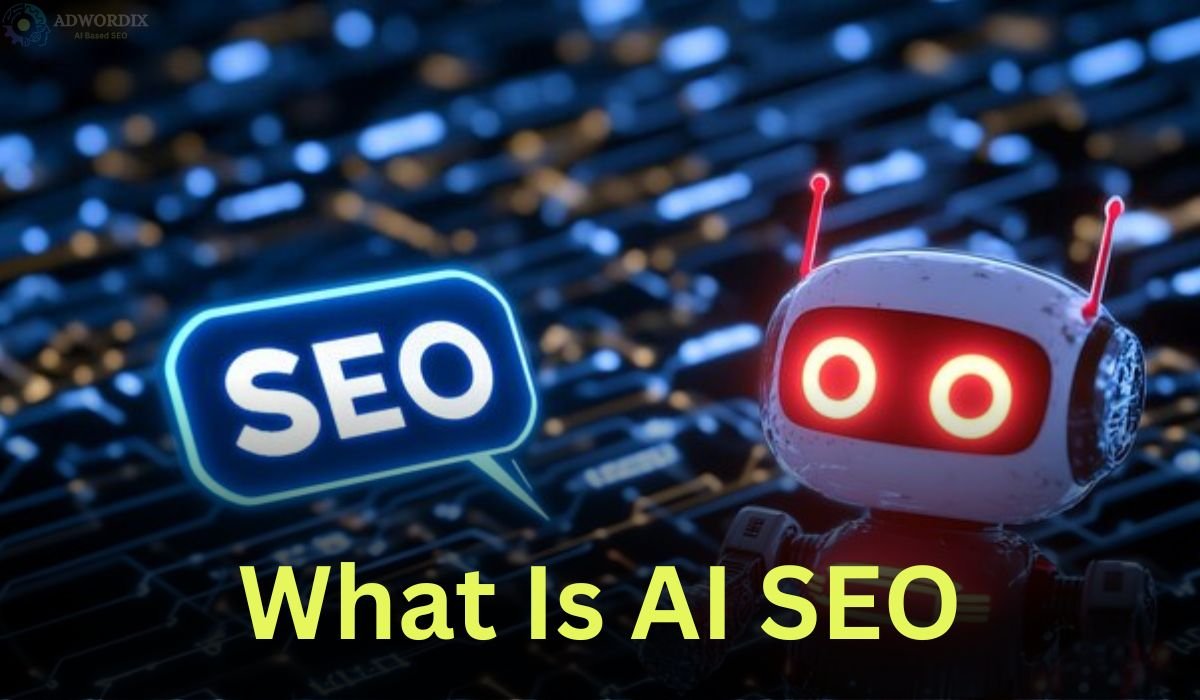Branding and advertising are concepts no marketer should find strange. But what is the actual difference between these two strategies? Advertising is a way of getting your message heard, while branding makes people pay attention and care about it. Branding is the identity of your business; advertising helps propagate the message.
What Is Branding?
Your brand is how people perceive your company. The personality, the voice, and the identity that make you distinct from everyone else.
Branding is comprised of many elements as follows:
- Logo and visual identity
- Tone of communication
- Values and mission
- Brand Story, Storytelling and Messaging
- Customer experiences
What Is Advertising?
Promoting your brand, goods, or services is done through advertising. It focuses on getting quick attention and action from the audience.
Common forms of advertising include:
- Google Ads (PPC)
- Social media ads (Instagram, Facebook)
- Influencer promotions
- TV and radio commercials
- Email and display ads
Advertising works best when it supports a clear brand message. Although it generates clicks, sales, or sign-ups, the brand retains customers.
Major Differences Between Branding and Advertising
Aspect | Branding | Advertising |
Purpose | Build trust and identity | Drive quick actions (sales, clicks) |
Timeframe | Long-term | Short-term |
Focus | Emotional connection | Promotions and visibility |
Methods | Logo, voice, messaging | Paid media and targeted campaigns |
Success Measured By | Recognition, loyalty, brand value | Clicks, conversions, return on ad spend |
How Branding and Advertising Work Together
Branding and advertising go hand in hand—they work together to create a complete marketing strategy. Here’s how they complement one another:
- Branding makes you look good, advertising tells people about it.
- Branding, when done right, increases the effectiveness of your advertising.
- Advertising builds awareness of your brand faster.
- Both help build credibility and move people toward a choice.
Imagine running an ad for a product. If your brand looks unprofessional or inconsistent, people won’t trust it, even if the ad is great.
Common Mistakes Businesses Make
Branding and advertising are not mutually independent; rather, they complement each other. Here is how they work as a pair:
- Branding creates your image; advertising goes out in the world with it.
- Good branding makes your ads work harder.
- Advertising accelerates brand awareness.
- Both instil trust and take people to action.
Suppose you’re running an ad for a product; if your brand looks unprofessional or inconsistent to look at, no one will trust it-even if they have the best ad in the world.
Tips to Balance Branding and Advertising Effectively
You don’t need to pick one over the other—use both smartly.
Here’s how:
- Keep your brand message consistent across all platforms
- Use advertising to promote your brand, not just products
- Create ads that match your brand tone and visuals
- Invest in brand building first, then scale with ads
- Measure both branding results and ad performance
If you’re unsure how to balance both, get support from the best digital marketing agency in Gurgaon to align your branding and advertising for better results.
Why Understanding This Difference Matters
Understanding the difference between branding and advertising allows you to:
Here is why it is crucial:
- Make smarter decisions by choosing the right strategy at the right time.
- Focus on long-term growth, not just quick sales.
- Build trust and loyalty through consistent branding.
- Boost ad performance with a clear brand identity.
- Improve marketing ROI by making conversions easier and more cost-effective.
The most powerful way to use branding and advertising together is to create a full marketing strategy. Branding can help shape your internal identity, and advertising can help spread that message externally at the right time for long-lasting business growth.
Conclusion
Branding means defining who you are. Advertising is how you voice it and broadcast it to the entire world. To take your business to the next level, you have to have both branding and advertising.
With a clear understanding of the difference between branding and advertising, you set the foundation for stronger campaigns. You connect with your audience in a better way and grow your brand with time. Don’t just advertise; build a brand that stays in people’s minds and that they trust.
Frequently Asked Questions
Branding is about establishing a company’s identification, value, and emotional connection in the minds of customers. Advertising promotes the product or service and, in essence, asks for an immediate response, whether sales or sign-up.
Branding should precede advertising. The well-defined brand sets the tone for a consistent message and image so that advertising will be executed coherently.
Although an advertisement means short cash flow, in the absence of branding, it is difficult for a customer to go into long-term and irreversible recognition.
Branding provides the framework defining the identity and value of the company. Advertising places the communicated identity in front of the public so that the advertised goods or services can be sold by the brand message.
Branding is part of marketing. Marketing comprises a multitude of strategies that include branding and advertising in one form or another to ultimately market and sell a product or service.





